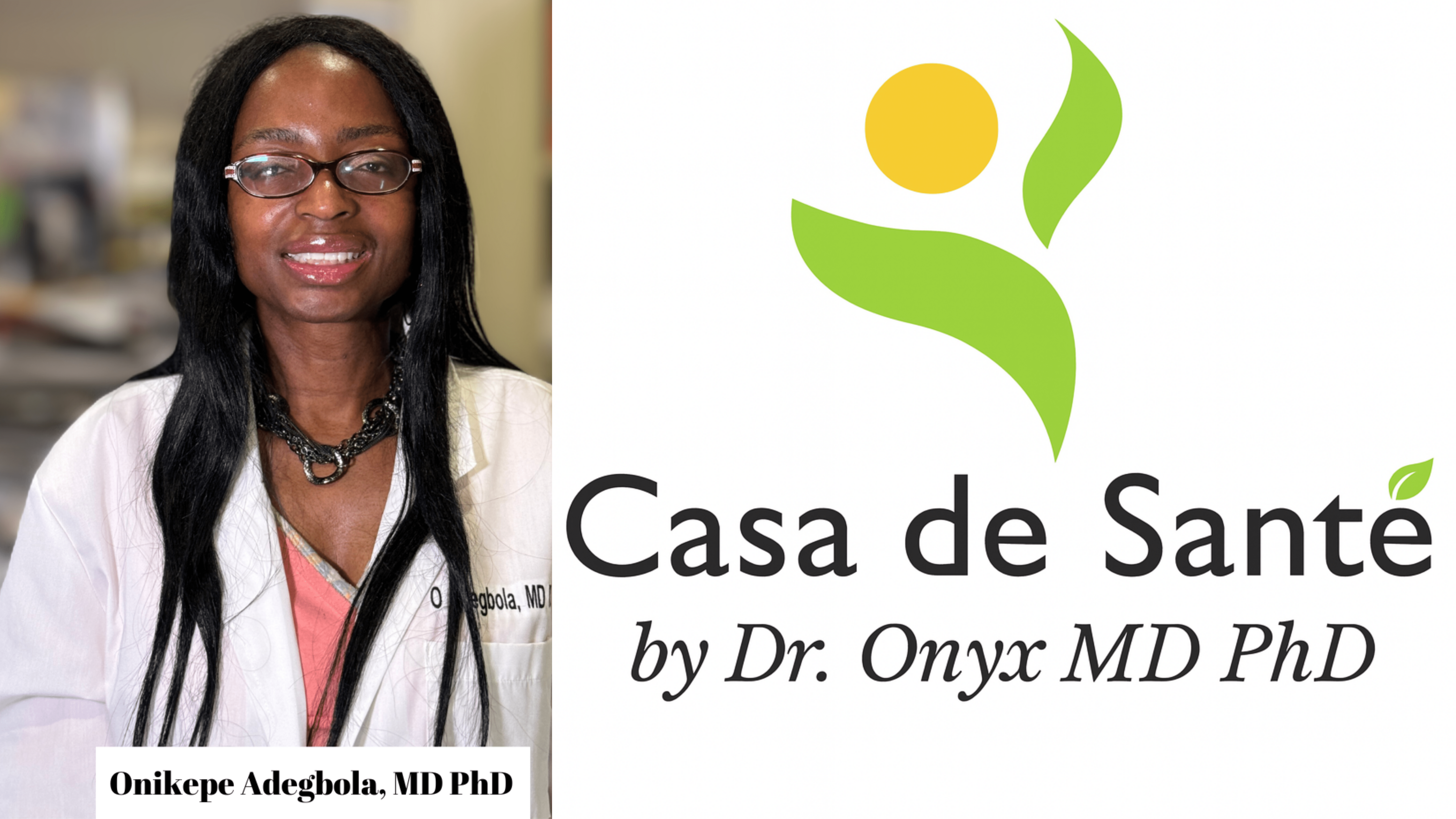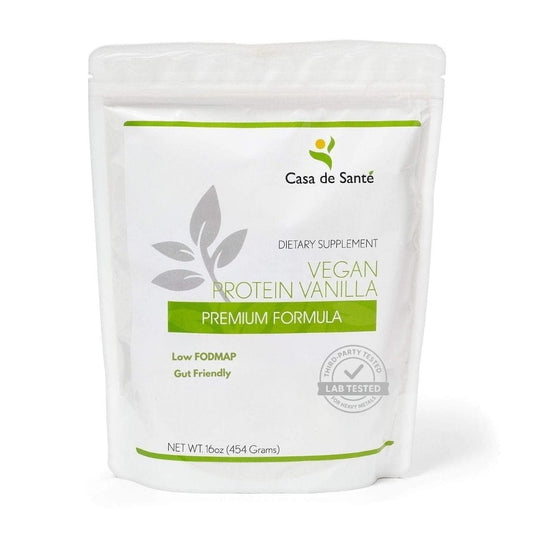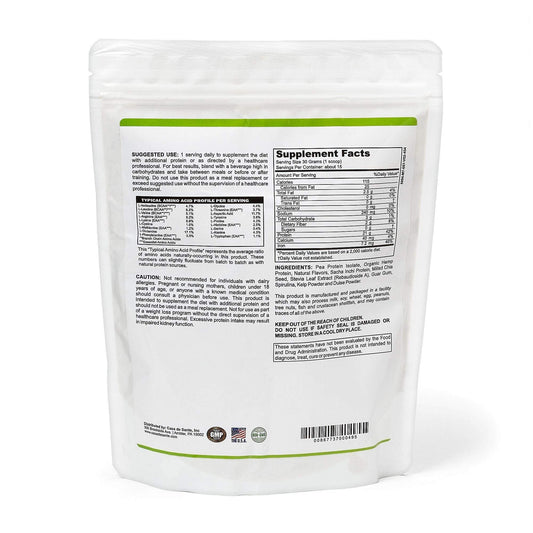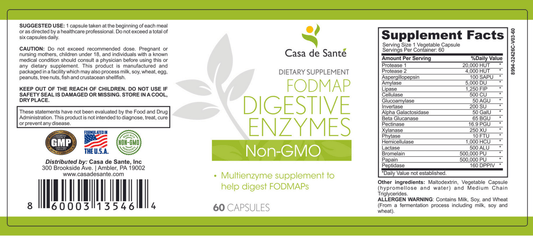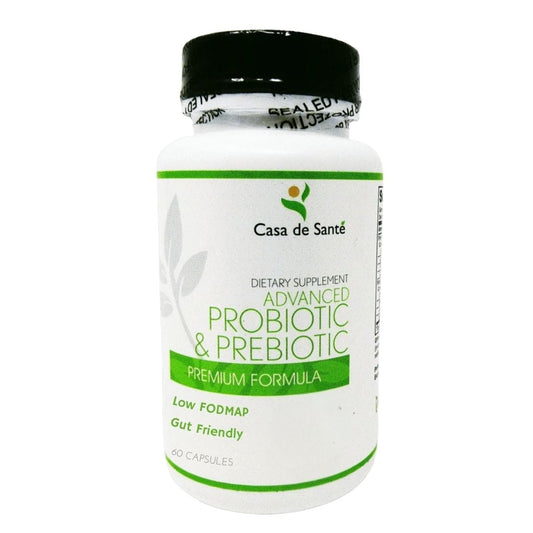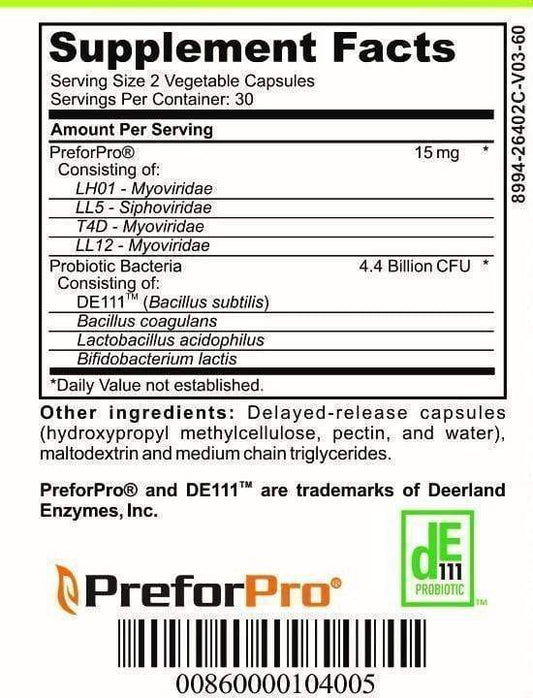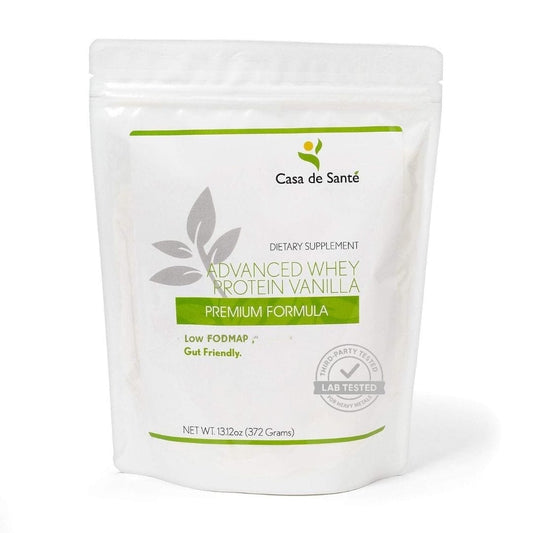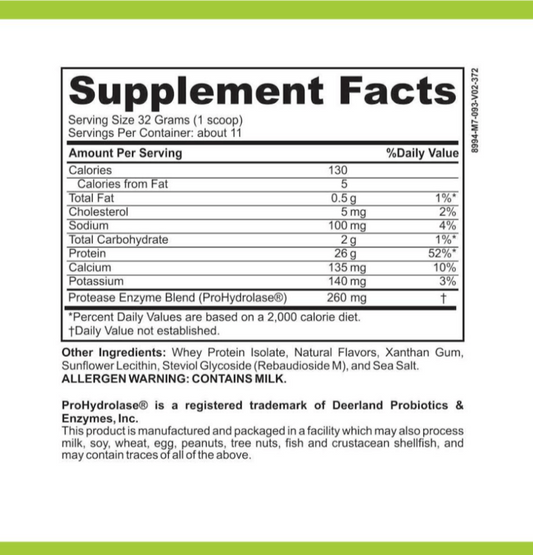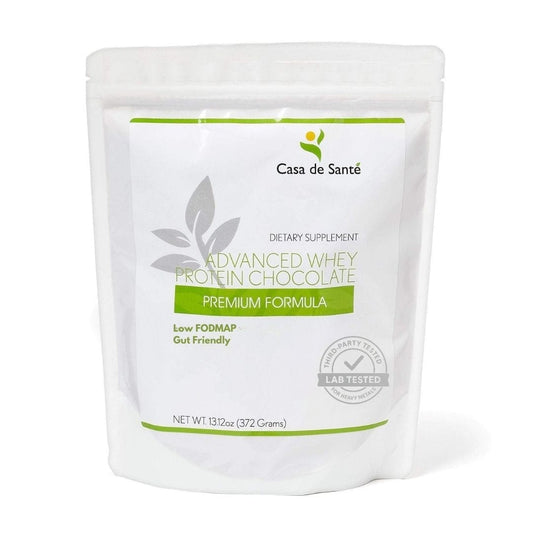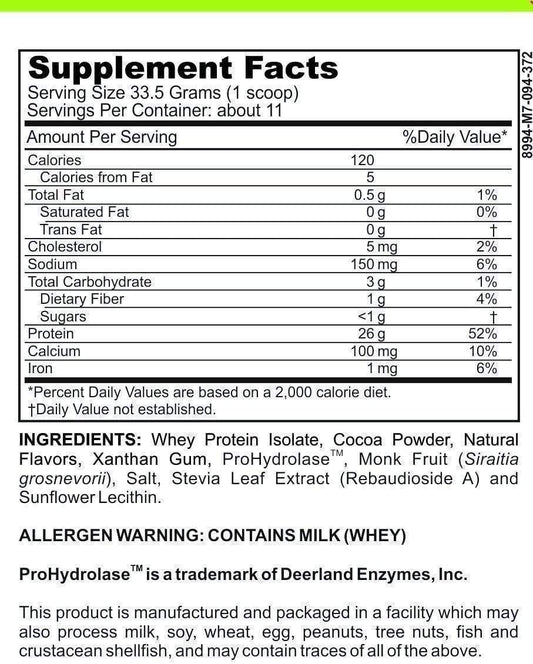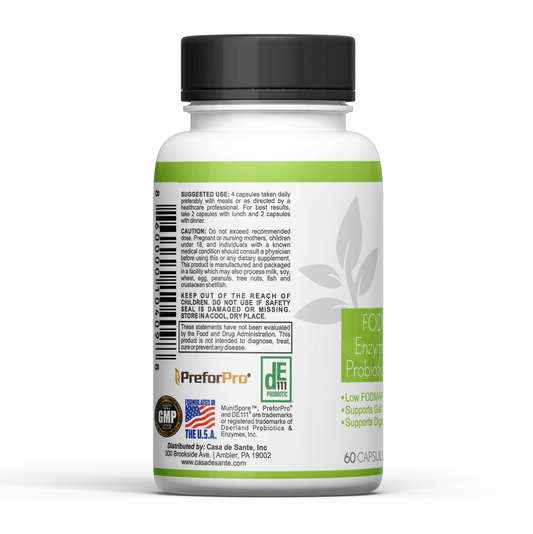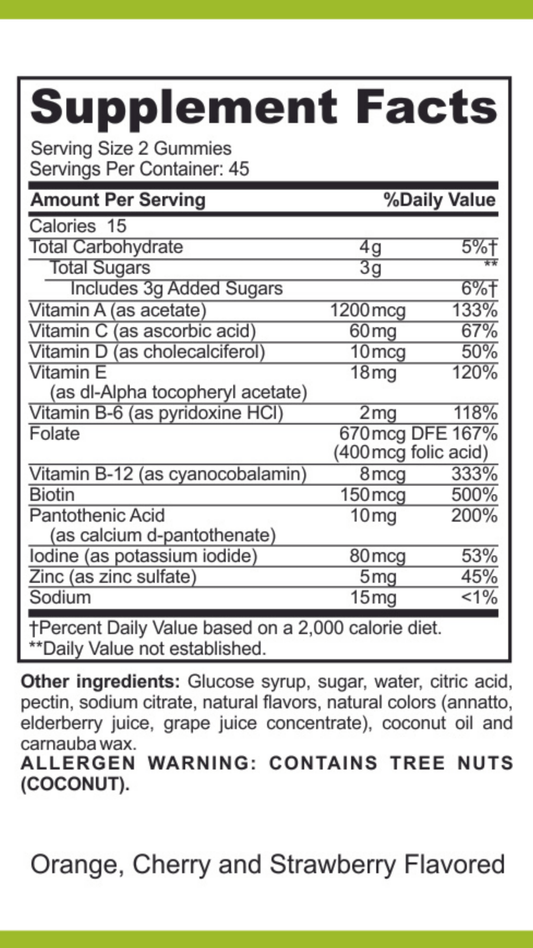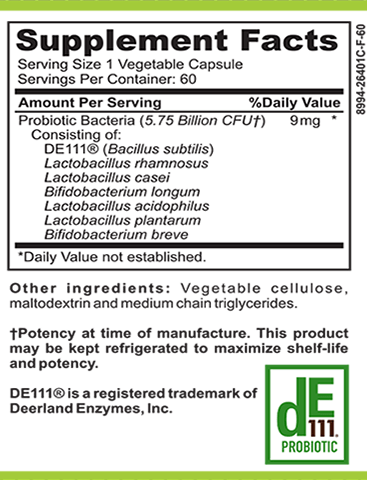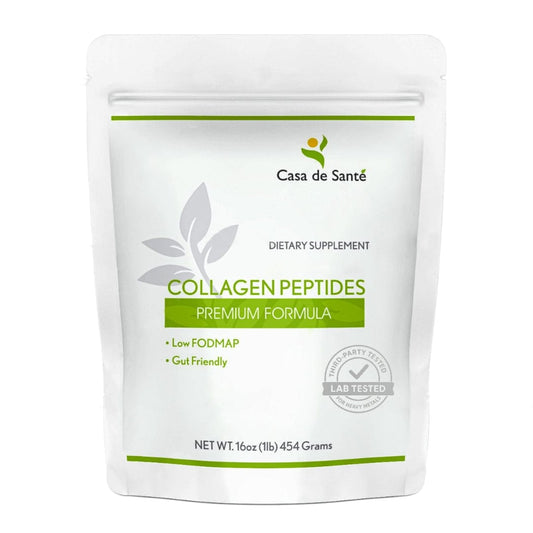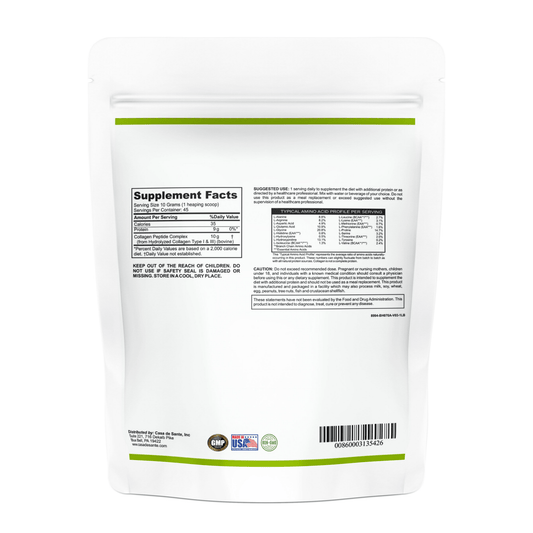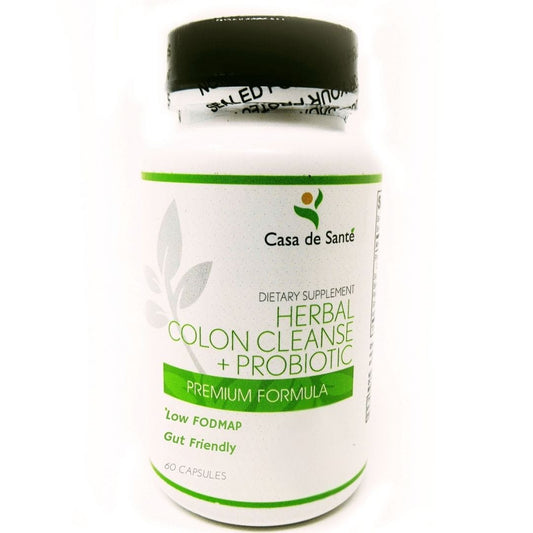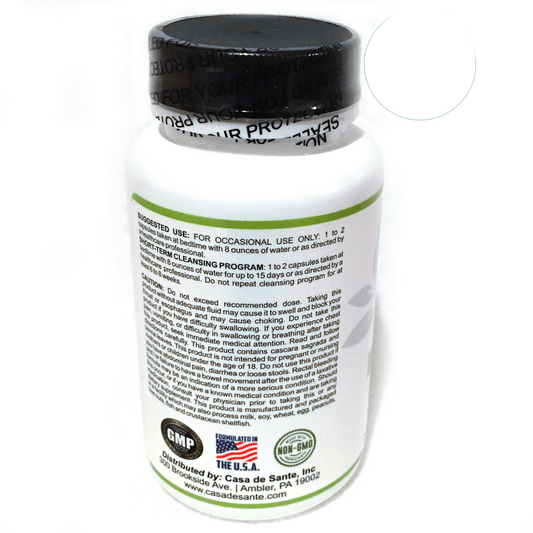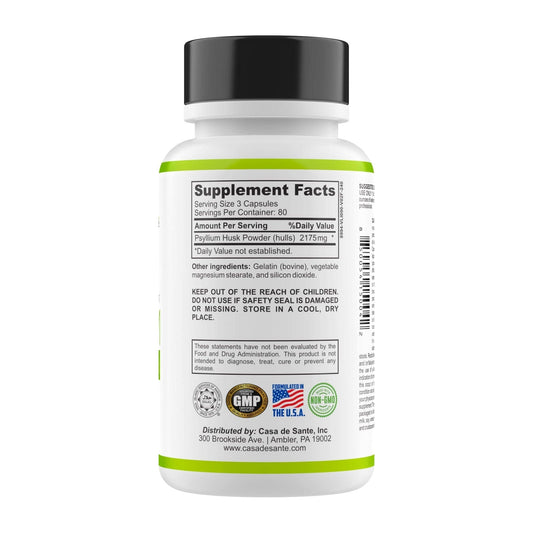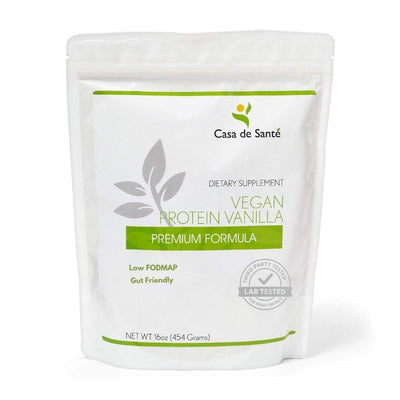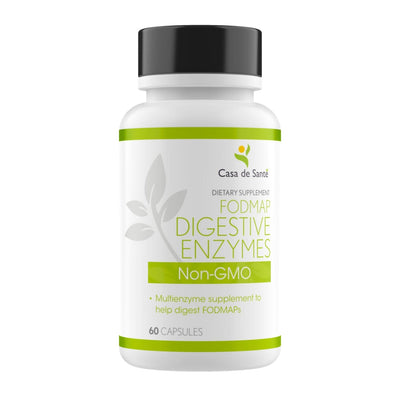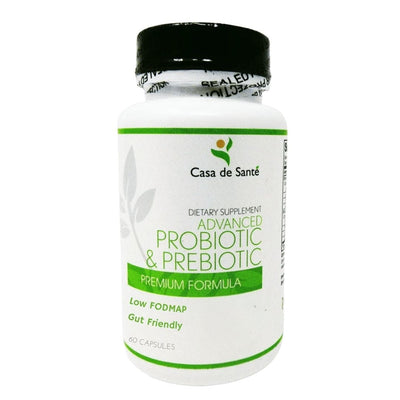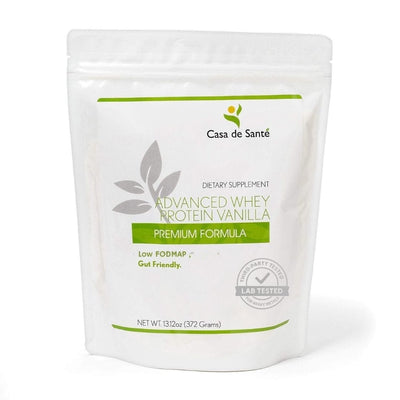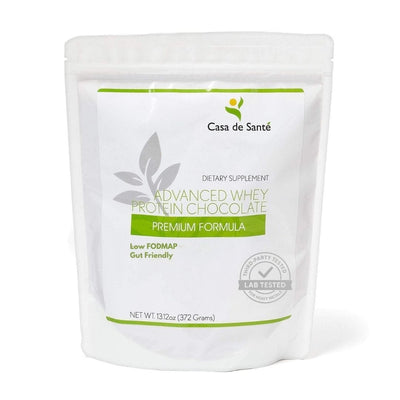Array 2, 3X & 4 Bundle By Cyrex Laboratories vs Culture, Salmonella/Shigella
Array 2, 3X & 4 Bundle By Cyrex Laboratories vs Culture, Salmonella/Shigella
Cyrex Laboratories offers a comprehensive testing package called the Array 2, 3X & 4 Bundle. This bundle is designed to provide healthcare professionals with valuable insights into their patients' immune reactions and overall health status. In this article, we will explore the basics of the Array 2, 3X & 4 Bundle, its key features, and how it compares to the Culture, Salmonella/Shigella testing method.
Understanding the Basics: Array 2, 3X & 4 Bundle By Cyrex Laboratories
What is Array 2, 3X & 4 Bundle?
The Array 2, 3X & 4 Bundle is an innovative testing panel developed by Cyrex Laboratories. It focuses on assessing immune reactivity to various antigens and offers a comprehensive evaluation of the immune system's response. This bundle includes three arrays: Array 2 - Intestinal Antigenic Permeability Screen, Array 3X - Wheat/Gluten Proteome Reactivity & Autoimmunity, and Array 4 - Gluten-Associated Cross-Reactive Foods and Foods Sensitivity.
The Role and Function of Cyrex Laboratories
Cyrex Laboratories is a specialized clinical laboratory that is dedicated to providing advanced testing services for healthcare professionals. Their mission is to identify and assess complex autoimmune conditions and related disorders. Cyrex Laboratories utilizes cutting-edge technology and an extensive range of tests to offer comprehensive diagnostic insights.
With a team of highly skilled scientists and medical professionals, Cyrex Laboratories is at the forefront of autoimmune research. They continuously strive to improve their testing methods and develop new panels, such as the Array 2, 3X & 4 Bundle, to meet the evolving needs of healthcare providers and their patients.
By collaborating with leading experts in the field of immunology and autoimmune diseases, Cyrex Laboratories ensures that their testing panels are accurate, reliable, and clinically relevant. They work closely with healthcare professionals to interpret test results and provide personalized recommendations for patient care.
Key Features of Array 2, 3X & 4 Bundle
The Array 2, 3X & 4 Bundle stands out due to its unique features. Firstly, it offers an in-depth evaluation of gluten-related disorders and possible cross-reactivities. This is particularly important as gluten sensitivity and celiac disease are becoming increasingly prevalent, and accurate testing is essential for proper diagnosis and treatment.
Array 2, included in the bundle, specifically focuses on assessing intestinal permeability. This is a critical aspect of gut health as increased permeability, also known as "leaky gut," can contribute to various health issues. By measuring the immune response to intestinal antigens, healthcare professionals can gain valuable insights into the integrity of the gut barrier.
Array 3X is designed to evaluate reactivity to wheat and gluten proteomes, providing a comprehensive understanding of the immune system's response to these antigens. This array also assesses autoimmunity, helping to identify individuals who may be at risk for autoimmune conditions triggered by gluten exposure.
Lastly, Array 4 focuses on gluten-associated cross-reactive foods and food sensitivities. It identifies potential cross-reactivities between gluten and other foods, allowing healthcare professionals to tailor dietary recommendations and minimize immune reactions.
Overall, the Array 2, 3X & 4 Bundle offers a comprehensive assessment of immune reactivity, intestinal permeability, and gluten-related disorders. By providing detailed insights into these areas, healthcare professionals can better understand their patients' immune system function and make informed treatment decisions.
Deep Dive into Culture, Salmonella/Shigella
Understanding Culture, Salmonella/Shigella
Culture, Salmonella/Shigella is a traditional microbiological testing method used to identify and determine the presence of Salmonella and Shigella bacteria in samples. This culture-based approach aims to isolate and grow these bacteria to confirm infection or contamination.
When it comes to studying and understanding the world of microorganisms, culture-based testing methods play a crucial role. They provide scientists with a window into the invisible world of bacteria, allowing them to unravel the mysteries of these tiny but powerful organisms. Culture, Salmonella/Shigella is one such method that focuses specifically on identifying and studying Salmonella and Shigella bacteria.
Salmonella and Shigella are notorious pathogens known for causing gastrointestinal infections in humans. These bacteria can wreak havoc on the digestive system, leading to symptoms such as diarrhea, abdominal pain, and fever. Identifying the presence of Salmonella and Shigella accurately is essential for effective diagnosis and treatment.
The Importance of Salmonella/Shigella Culture in Medical Research
Medical research heavily relies on culture-based testing methods like Culture, Salmonella/Shigella to understand disease patterns and develop effective treatment strategies. By isolating and growing these bacteria, researchers can delve deeper into their behavior, studying their growth patterns, antibiotic resistance, and virulence factors.
Understanding the behavior of Salmonella and Shigella is crucial in combating the infections they cause. By studying their growth and survival mechanisms, scientists can develop targeted therapies and preventive measures to minimize the impact of these pathogens on public health.
Moreover, culture-based testing methods like Culture, Salmonella/Shigella also play a pivotal role in surveillance and outbreak investigations. By identifying the presence of these bacteria in samples from different sources, researchers can track the spread of infections and identify potential sources of contamination, aiding in the implementation of effective control measures.
How Culture, Salmonella/Shigella Works
In the Culture, Salmonella/Shigella testing process, a sample (often stool or food) is plated onto specific growth media. These growth media are carefully formulated to provide the necessary nutrients and conditions for the bacteria to thrive. By providing an environment conducive to their growth, scientists can encourage the replication and multiplication of Salmonella and Shigella bacteria present in the sample.
Once the sample is plated, the plates are then placed in incubators set at precise temperatures and humidity levels. These controlled conditions mimic the natural environment in which these bacteria thrive, allowing them to grow and form colonies.
After the incubation period, experts examine the plates using various techniques to identify characteristic colonies indicative of Salmonella or Shigella presence. These colonies possess unique visual traits, such as color, shape, and texture, that distinguish them from other bacteria. By carefully observing and analyzing these colonies, microbiologists can confirm the presence of Salmonella or Shigella in the original sample.
It is important to note that the Culture, Salmonella/Shigella method is just one piece of the puzzle in diagnosing and studying these bacteria. Further confirmatory tests, such as biochemical tests and molecular techniques, may be employed to validate the initial findings and provide a comprehensive understanding of the specific strain or serotype present.
In conclusion, Culture, Salmonella/Shigella is a vital tool in microbiology, enabling scientists to identify and study the behavior of Salmonella and Shigella bacteria. This culture-based testing method plays a crucial role in medical research, helping to develop effective treatment strategies and control measures. By delving deep into the world of microorganisms, we gain valuable insights that can ultimately protect public health.
Comparing Array 2, 3X & 4 Bundle and Culture, Salmonella/Shigella
Similarities and Differences
While both methods focus on assessing health conditions, the Array 2, 3X & 4 Bundle and Culture, Salmonella/Shigella differ in their approach. The Array 2, 3X & 4 Bundle analyzes immune reactivity and provides a comprehensive evaluation of various antigens, while Culture, Salmonella/Shigella specifically targets the identification of Salmonella and Shigella bacteria.
The Array 2, 3X & 4 Bundle is a cutting-edge diagnostic tool that utilizes advanced technology to analyze immune reactivity in the body. It examines a wide range of antigens, providing a detailed assessment of the overall immune response. This comprehensive evaluation helps healthcare professionals identify potential health issues and develop personalized treatment plans.
On the other hand, Culture, Salmonella/Shigella is a well-established method used for the identification of specific bacteria. It involves growing bacteria from samples, allowing healthcare professionals to directly observe and analyze the presence of Salmonella and Shigella. This technique has been widely used for many years and is considered the gold standard in detecting these bacterial infections.
Efficiency and Accuracy: A Comparative Analysis
The Array 2, 3X & 4 Bundle offers a high level of efficiency, providing comprehensive results within a shorter timeframe. With its advanced technology, this diagnostic tool can quickly analyze immune reactivity and generate detailed reports. This efficiency is particularly beneficial in urgent cases where a prompt diagnosis is essential for effective treatment.
On the other hand, Culture, Salmonella/Shigella may require more time as it involves growing bacteria from samples. The process of culturing bacteria can take several days, as the bacteria need time to multiply and form visible colonies. However, despite the longer turnaround time, Culture, Salmonella/Shigella is considered the gold standard in identifying Salmonella and Shigella infections with exceptional accuracy. The direct observation of bacterial growth allows for precise identification and characterization of the pathogens.
User Experience: Array 2, 3X & 4 Bundle vs Culture, Salmonella/Shigella
When it comes to user experience, the Array 2, 3X & 4 Bundle is relatively simple and convenient. Patients only need to provide a sample, such as blood or saliva, and healthcare professionals handle the rest. The sample is processed using the advanced technology of the diagnostic tool, and the results are delivered to the healthcare provider for interpretation. This streamlined process minimizes patient involvement and ensures a hassle-free experience.
In contrast, Culture, Salmonella/Shigella may involve more extensive sample collection and patient involvement. To perform this test, healthcare professionals need to obtain a sample, such as a stool or urine sample, from the patient. The sample is then carefully processed and cultured to allow bacterial growth. This method requires the patient to actively participate in sample collection and may cause some inconvenience. However, the accuracy and reliability of the results obtained from Culture, Salmonella/Shigella make it a valuable diagnostic tool in the field of infectious diseases.
Case Studies and Real-world Applications
When it comes to the Array 2, 3X & 4 Bundle, its real-world applications extend far beyond what meets the eye. This comprehensive testing panel has proven to be incredibly useful in diagnosing and monitoring patients with various autoimmune conditions and related disorders.
One of the key areas where healthcare professionals have found immense value in the Array 2, 3X & 4 Bundle is in the realm of gluten-related disorders. With the increasing prevalence of gluten sensitivity and celiac disease, having a reliable and accurate diagnostic tool has become crucial. This testing panel allows healthcare providers to identify and assess immune reactivity to gluten, aiding in the diagnosis and management of these conditions.
But it doesn't stop there. The Array 2, 3X & 4 Bundle also plays a vital role in detecting and monitoring intestinal permeability issues. Intestinal permeability, also known as "leaky gut," is a condition where the lining of the intestines becomes more porous, allowing harmful substances to enter the bloodstream. By assessing the immune reactivity to various markers of intestinal permeability, this testing panel provides valuable insights into the health of the gut barrier.
Furthermore, autoimmune conditions, which can affect various systems and organs in the body, can also be evaluated using the Array 2, 3X & 4 Bundle. By assessing immune reactivity to a wide range of antigens associated with autoimmune diseases, healthcare professionals can gain a comprehensive understanding of the patient's immune system and tailor treatment plans accordingly.
Practical Uses of Culture, Salmonella/Shigella
While the Array 2, 3X & 4 Bundle is making waves in the realm of autoimmune conditions, another testing method called Culture, Salmonella/Shigella is proving to be indispensable in public health.
During outbreaks or instances of foodborne illness, identifying the presence of Salmonella and Shigella bacteria becomes crucial for authorities to take immediate action and implement preventive measures. This is where Culture, Salmonella/Shigella testing comes into play. By culturing samples and conducting specific tests, healthcare professionals can accurately identify and track these harmful bacteria, allowing for timely interventions to safeguard public health.
But it's not just limited to outbreaks and investigations. Culture, Salmonella/Shigella testing also plays a significant role in routine surveillance and monitoring. By regularly testing samples from various sources, such as food, water, and environmental samples, authorities can detect the presence of these bacteria early on and implement preventive measures to minimize the risk of outbreaks.
Each method, the Array 2, 3X & 4 Bundle and Culture, Salmonella/Shigella, serves a unique purpose in the field of healthcare and research. The Array 2, 3X & 4 Bundle offers a comprehensive evaluation of immune reactivity and autoimmune conditions, providing healthcare professionals with valuable insights into their patients' health. On the other hand, Culture, Salmonella/Shigella testing focuses specifically on identifying and tracking the presence of Salmonella and Shigella bacteria, contributing to the overall public health efforts in preventing and managing outbreaks.
With their distinct strengths and applications, these testing methods empower healthcare professionals to make informed decisions based on their patients' specific needs and the public health priorities at hand.
